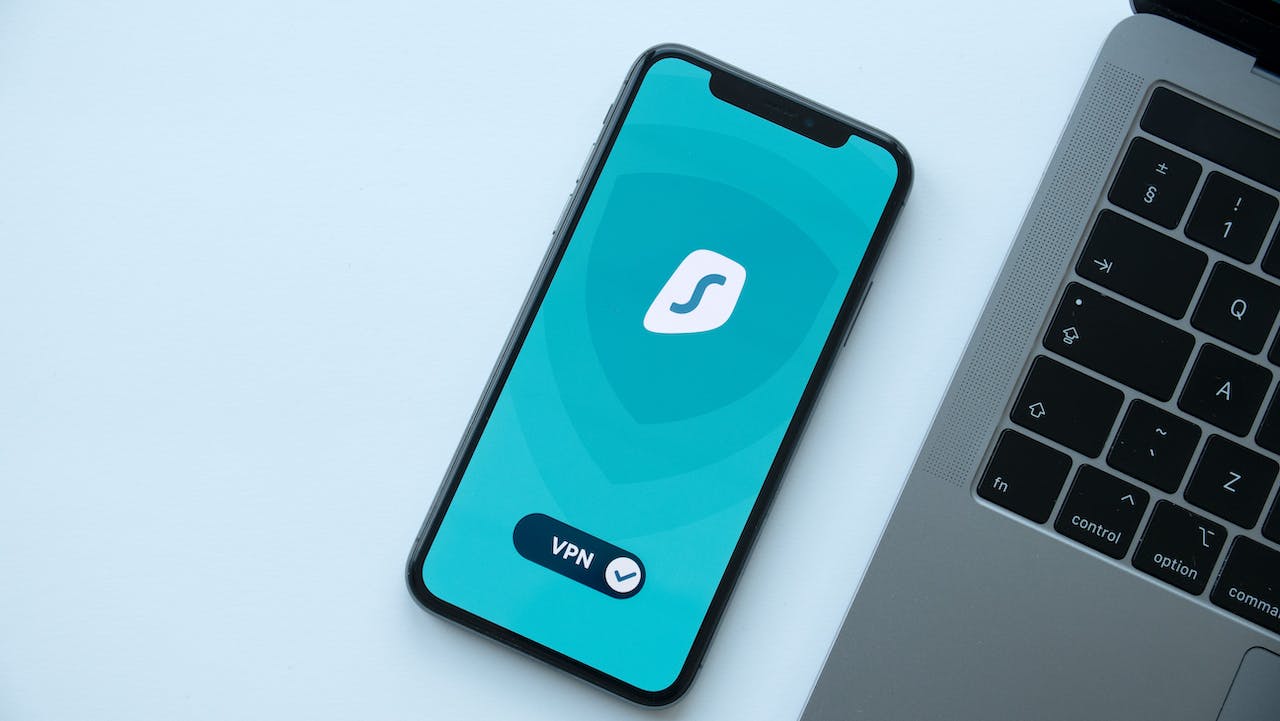What is VPN Passthrough and How Does it Work?
In cybersecurity, a VPN (Virtual Private Network) is one of the vital components when saving your online interaction from the attacker. However, a VPN does not promise complete security with a complex network structure.
It is where VPN Alternatives and VPN passthrough come into play. VPN Passthrough is one of the aspects that is overlooked but essential for cyber security, which helps you to deliver your message from secret gateways or routers.
So this article lets us learn more about the VPN Passthrough and how it works.
VPN Passthrough Meaning
A VPN passthrough is a special router feature enabling any device connected to allow VPN traffic to pass through that router to establish an outbound VPN connection or access a remote network.
- It enables VPN traffic to pass through router defences, preventing slowdowns or blocks.
- It is specifically designed for older VPN protocols like PPTP and LT2P (outdated IPsec version).
- It differs from a VPN router, which encrypts traffic and protects all devices on the network.
- VPN passthrough allows VPN traffic movement but doesn’t implement VPN connections independently.
How Does VPN Passthrough Work?
VPN Passthrough enables data packets from a VPN client to traverse a router and reach the VPN server. However, to understand the whole process completely, let us go through its various aspects as mentioned in the table below:
| Aspect | Description |
| Types | There are different types of VPN passthrough, such as PPTP passthrough, L2TP passthrough, and IPsec passthrough. Each corresponds to a specific VPN protocol. |
| PPTP Passthrough | The router must support PPTP passthrough for PPTP (Point-to-Point Tunneling Protocol) VPNs. It allows PPTP VPN connections to establish and pass through the router. |
| L2TP Passthrough | L2TP (Layer 2 Tunneling Protocol) passthrough enables L2TP VPN traffic to traverse the router without interference, facilitating the establishment of L2TP VPN connections. |
| IPsec Passthrough | IPsec (Internet Protocol Security) passthrough is necessary for routers to permit IPsec VPN traffic to pass through. It ensures the secure transmission of IPsec-protected data. |
| NAT (Network Address Translation) | Routers with VPN passthrough often use NAT to modify the source or destination address of VPN packets, allowing them to traverse the router’s network. |
| Firewall Considerations | VPN passthrough may require adjustments to the router’s firewall settings. The firewall must permit the specific VPN protocol traffic, and ports associated with the VPN should be open. |
| Authentication and Encryption | VPN passthrough does not compromise the authentication and encryption the VPN protocols provide. It allows these secure processes to occur while facilitating the passage of VPN traffic. |
VPN Passthrough Enable Or Disable
Enable and disable VPN passthrough are the Router’s or firewall’s configuration settings. Let’s see what happens in these situations:
Enable VPN Passthrough
- Allows VPN traffic to pass through without interference.
- Recognises and handles specific VPN protocols like PPTP, L2TP, or IPsec.
- It is imperative if a VPN server or client is behind the router, facilitating connection establishment and network traversal.
Disable VPN Passthrough
- It may block or restrict VPN traffic, potentially preventing connections or causing connectivity issues.
- Disabling might be necessary for specific security configurations.
- If using a VPN and facing connection problems, ensuring passthrough is enabled is a common troubleshooting step.
Wrapping Up
Understanding the concept of the VPN Passthrough and how it works will help you to build a more secure network infrastructure to operate a safe business operation in this evolving cyber world.
However, you can also deploy the zero-trust network models that reliable companies like InstaSafe offer to ensure higher safety. So, keep your business infrastructure safe and sound and leverage the infinite opportunities of this digital world.

